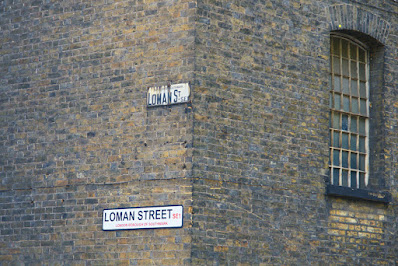Edithmead Church, just outside Burnham-on-Sea, is a small, slightly wonky-roofed building of a special kind: a 'tin tabernacle'. These fascinating buildings are made not of tin but of corrugated iron on wooden frames. They were bought by Victorian congregations from catalogues, delivered in flat-pack form, and usually intended to be temporary. However, Edithmead's celebrated its centenary in 2019!
In fact, its story is even longer than that since it was an Adult School in nearby East Brent before moving to its current location for a new, and long, life as a church. A resident of East Brent recalled, much later, how the Adult School was used for tea parties, Bible readings, and a Sunday service. 'Then one day there came a shock, a big lorry came with two horses and
several men, and took our beloved Adult School away to Edithmead.' That unusual origin explains the rectangular windows: many tin tabernacles had suitably gothic arched windows, some even with instant 'stained glass' supplied as a ready-made film.
The Church is actually a chapel of ease to St Andrew's Church in Burnham-on-Sea - a much older and more solid building. It even has a London connection: a little group of angels who were originally part of an altarpiece in Westminster Abbey. The interior of Edithmead Church is plain and simple by contrast.
Unusually, this post is about a building I haven't yet visited myself (although I will before too long, pandemic permitting): thank you to Shaun Derry for the lovely photographs.
Tin tabernacles I have photographed in person include the smart, green church in Littlebury Green, Essex; the mission church in Shrubland Road, Hackney; a chapel-turned-battleship in Kilburn; and the mission hall in Ganllwyd.









